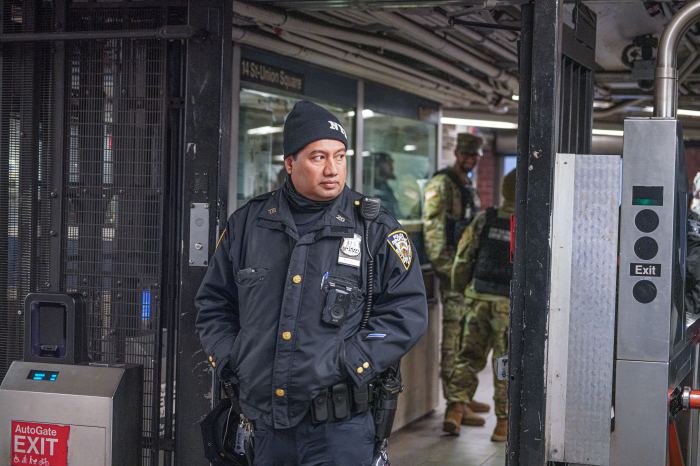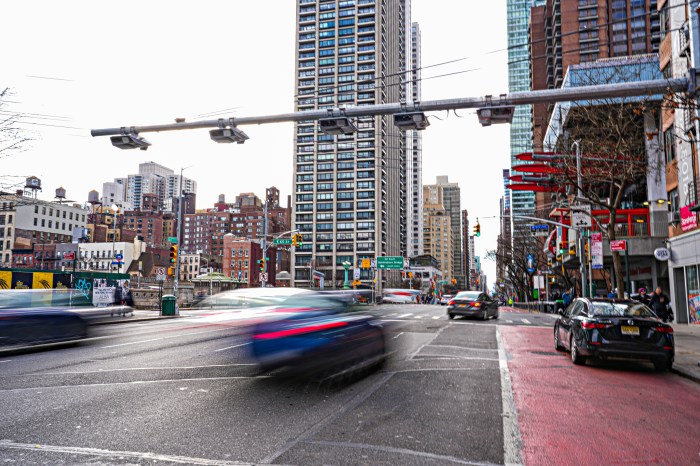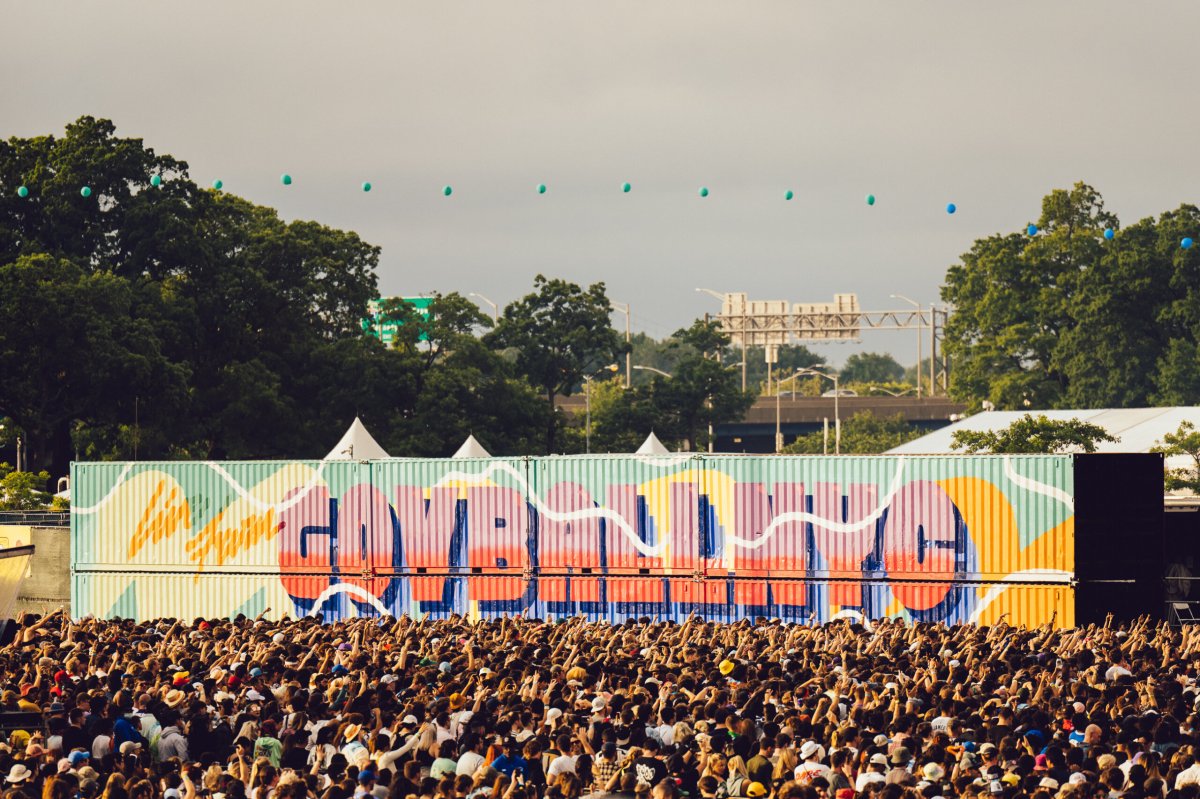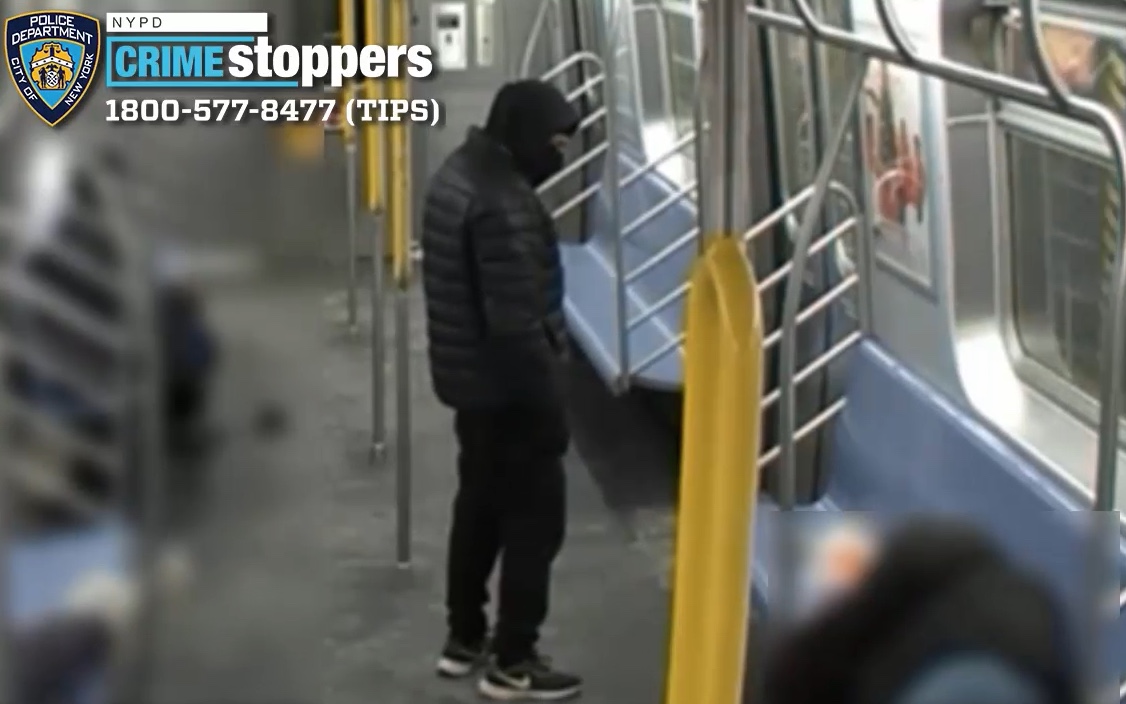
The MTA’s bus network “re-imagined” — that’s what the transit authority is promising New Yorkers in its new bus action plan.
But what does that actually mean?
The MTA operates the largest public bus network in the country, with a fleet of 5,700 vehicles completing 54,000 trips across 326 routes each day. Ridership, however, has dropped by 14 percent since 2007 amid complaints of slow service.
In an attempt to revitalize ridership numbers, the MTA announced its multipronged plan to overhaul and improve bus service across the five boroughs — the result of a top-to-bottom review of the system — on April 23.
NYC Transit president Andy Byford said the plan was partly developed based on riders’ concerns, including traffic congestion.
“Our customers will start to see changes this year and we will never stop improving this critical component of New York City’s transportation landscape,” Byford said.
Here’s a breakdown of what you can expect from the bus action plan.
Redesigned bus route network
The city’s bus network is undergoing a review that includes rider input, an analysis of travel demand and demographic changes in order to change routes for the better. This is the first such review in decades, and the MTA hopes the redesigns will offer more direct service and connectivity in each borough. The agency is already eyeing updated stop spacing and a strategic expansion of off-peak service on certain routes.
All-door boarding
The MTA believes the spring 2019 launch of its electronic tap-to-pay fare system will help reduce the time it takes to board since the technology will be installed at the back and front entrances of the bus. The new technology — which allows riders entry by tapping a smartcard, mobile phone or debit card on a contactless scanner — is expected to be fully installed across the bus network by 2020.
Bus fleet improvements
Double-decker express bus service to Staten Island and a pilot program testing 10 electric buses that launched earlier in 2018 are part of the upgrades to the massive fleet, according to the MTA. The agency also is rolling out digital displays with real-time route and service information, as well as security cameras and turn warnings for pedestrians.
Customer service
Among the promised improvements: simpler bus route maps, seat availability information on express buses via a mobile app and digital screens with real-time service advisories. The MTA also vowed to work with the city Department of Transportation on adding real-time bus arrivals to more bus shelters.
Bus Command Center
In an effort to reduce so-called bunching, when multiple buses are unevenly spaced and end up arriving at the same stop at the same time, the MTA plans to upgrade its computer-aided dispatch and employ the use of GPS-based displays that show bus locations along the routes at its brand new Bus Command Center.
Improved collaboration with city agencies
The MTA may be a state-run agency, but many of the roads its buses travel on are city property, making a smooth partnership with the city DOT a necessity. The MTA has promised to work with the DOT to expand the number of bus lanes, exclusive busways and other infrastructure and technology improvements like traffic signal priority, which gives buses priority at an intersection with a traffic light. The MTA will also ask the NYPD for increased enforcement of bus lanes and urge state lawmakers to approve legislation that would allow it to install more front-facing bus lane cameras.
With Vincent Barone
































